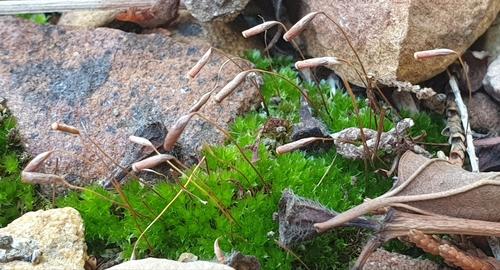
medium.jpeg from: https://www.inaturalist.org/taxa/581453-Bryum-torquescens
Introduction
In the vast and captivating world of bryophytes, one particular moss species stands out for its unique characteristics and ecological significance – the Bryum torquescens De Not., commonly known as Bryum. This unassuming yet remarkable plant belongs to the Bryaceae family and has captured the hearts of moss enthusiasts worldwide.
Background
Before delving into the intricacies of this fascinating moss, let’s set the stage with some essential background information.
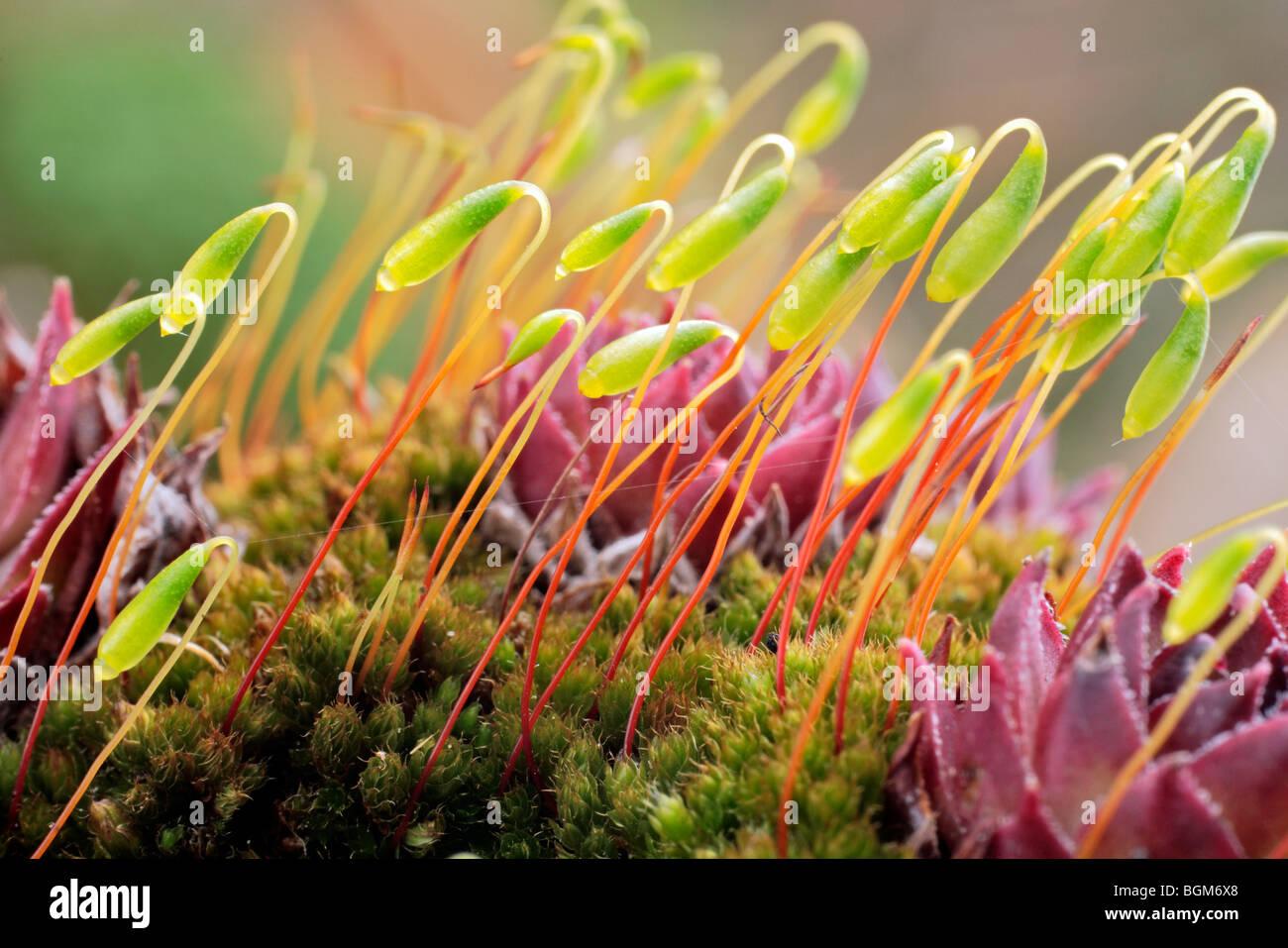
capsulas-de-bryum-moss-bryum-sp-entre-el-comun-houseleek-sempervivum-tectorum-europa-bgm6x8.jpg from: https://www.alamy.es/imagenes/musgo-bryum-sp.html
Bryophytes, which include mosses, liverworts, and hornworts, are among the oldest and most primitive land plants on Earth. These resilient organisms have been around for over 400 million years, predating even the dinosaurs!
Main Content
Morphology and Identification
The Bryum torquescens De Not. is a true marvel of nature, with its delicate yet intricate structure. This acrocarpous moss forms dense, cushion-like tufts or mats, often adorned with a vibrant green hue. Its slender stems, typically reaching heights of 1-3 centimeters, are adorned with tiny, overlapping leaves that spiral around the stem in a distinctive twisted pattern – a trait that gives this moss its specific epithet, “torquescens” (meaning “twisted”).
One of the most striking features of this moss is its sporophyte, which consists of a slender seta (stalk) topped by a capsule (spore case). The capsule is elongated and cylindrical, often with a reddish-brown hue when mature. This capsule plays a crucial role in the moss’s reproductive cycle, housing the spores that will eventually disperse and give rise to new moss colonies.
Global Distribution and Habitat
The Bryum torquescens De Not. is a cosmopolitan species, meaning it can be found across various regions of the world. From the temperate forests of Europe and North America to the tropical rainforests of South America and Asia, this resilient moss has adapted to a wide range of habitats.

sporophyte-de-la-fil-mousse-capillaire-capillare-de-bryum-70331750.jpg from: https://fr.dreamstime.com/photo-stock-sporophyte-fil-mousse-capillaire-capillare-bryum-image70331750
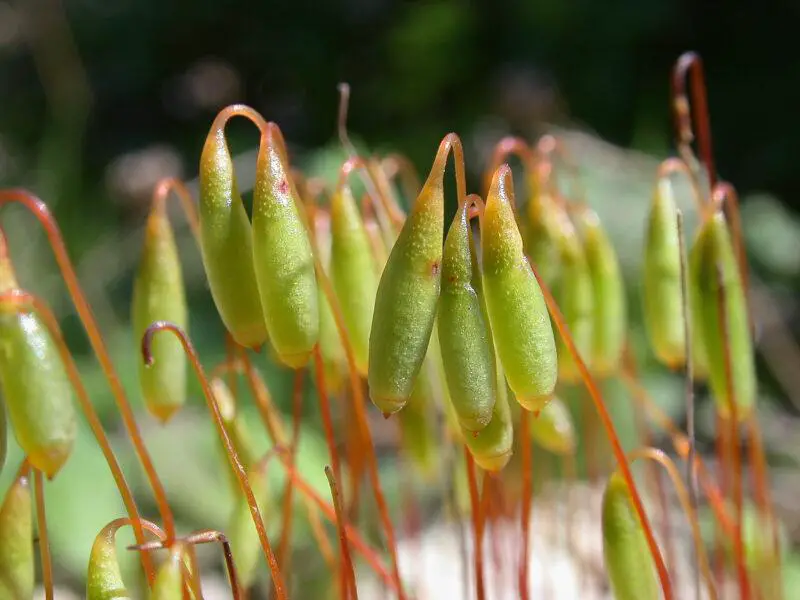
TORQUESCENS-C-800×600.jpg from: https://www.britishbryologicalsociety.org.uk/learning/species-finder/bryum-torquescens/

rosca-capilar-moss-bryum-capillare-sobre-una-roca-en-el-distrito-de-los-lagos-bjp2ef.jpg from: https://www.alamy.es/foto-rosca-capilar-moss-bryum-capillare-sobre-una-roca-en-el-distrito-de-los-lagos-28759095.html
While it thrives in moist, shaded environments, such as forest floors, rock crevices, and stream banks, the
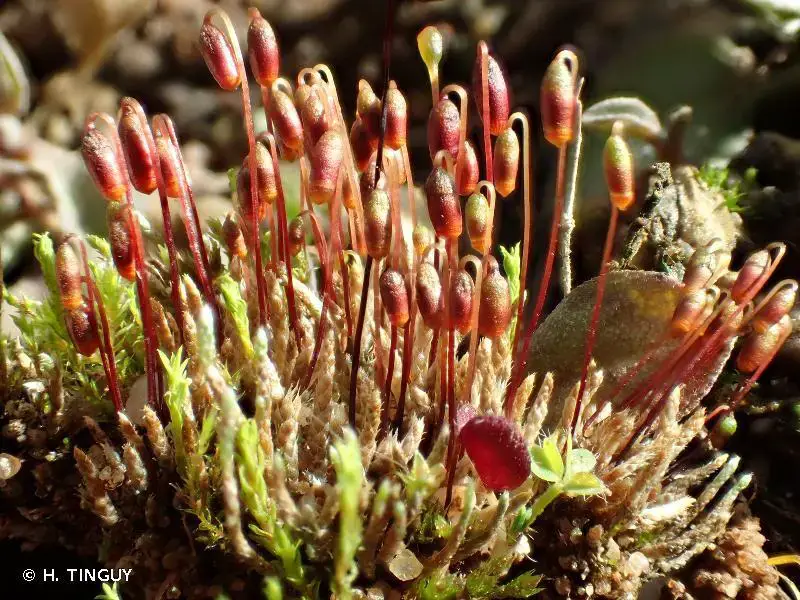
5715_167399_.jpg from: https://biodiv-paysdelaloire.fr/espece/5715
Bryum torquescens De Not. is also known for its ability to colonize disturbed areas, such as roadsides, old quarries, and even urban settings. Its tolerance for a variety of conditions has contributed to its widespread distribution and success as a pioneering species.
Ecological Roles and Adaptations
Despite its diminutive size, the Bryum torquescens De Not. plays a vital role in various ecosystems. As a primary producer, it contributes to the overall productivity and nutrient cycling within its habitat. Additionally, its dense mats provide shelter and moisture retention, creating microhabitats for other organisms, such as invertebrates and fungi.
One of the remarkable adaptations of this moss is its ability to withstand desiccation (drying out) and rapidly rehydrate when moisture becomes available. This trait, known as poikilohydry, allows the moss to survive in environments with intermittent water availability, making it a true survivor in the plant kingdom.
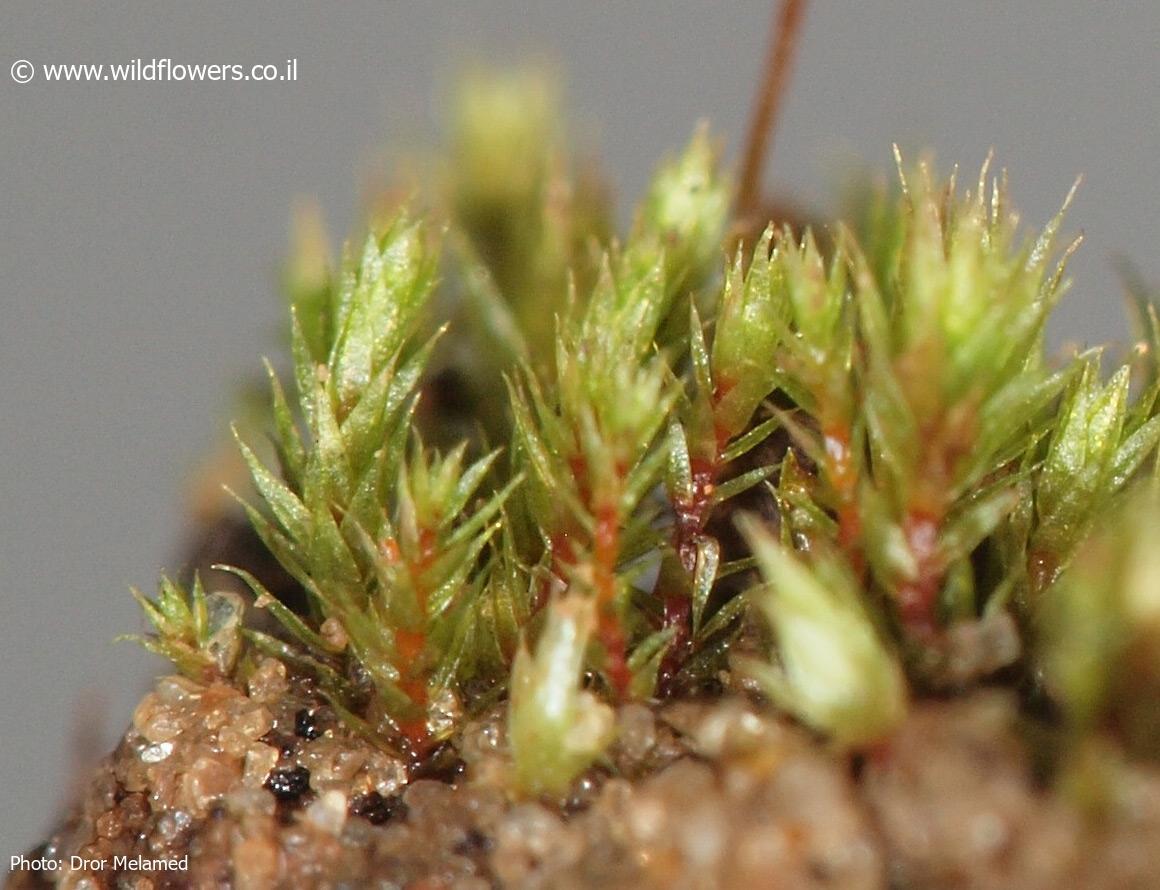
3375-l-2.jpg from: https://www.wildflowers.co.il/hebrew/picture.asp?ID=21459
Case Studies/Examples
The Bryum torquescens De Not. has been the subject of numerous scientific studies, shedding light on its ecological importance and unique characteristics. For instance, researchers have investigated its role in soil stabilization and erosion control, particularly in areas affected by human activities or natural disturbances.
In urban settings, this moss has been observed colonizing various man-made structures, such as old walls, pavements, and even rooftops, demonstrating its adaptability and resilience in human-modified environments.
Technical Table
| Characteristic | Description |
|---|---|
| Family | Bryaceae |
| Genus | Bryum |
| Species | torquescens De Not. |
| Growth Form | Acrocarpous moss, forming dense tufts or mats |
| Stem | Slender, 1-3 cm tall, with spirally arranged leaves |
| Leaves | Small, overlapping, twisted around the stem |
| Sporophyte | Elongated, cylindrical capsule on a slender seta |
| Habitat | Moist, shaded environments, disturbed areas |
| Distribution | Cosmopolitan, found across various regions worldwide |
Conclusion
The Bryum torquescens De Not., a humble yet extraordinary member of the Bryaceae family, is a true testament to the resilience and adaptability of bryophytes. From its intricate morphology and twisted leaves to its ecological significance and global distribution, this moss captivates the minds and hearts of enthusiasts worldwide.
As we continue to explore and appreciate the wonders of the natural world, the Bryum torquescens De Not. serves as a reminder of the incredible diversity and complexity that can be found in even the smallest of organisms. Perhaps the next time you encounter a lush, green mat of moss, you’ll pause and appreciate the remarkable journey of this ancient and resilient plant.
Thought-provoking question: In a world where urbanization and habitat destruction are ongoing threats, how can we ensure the preservation of species like the Bryum torquescens De Not. and the invaluable ecosystem services they provide?